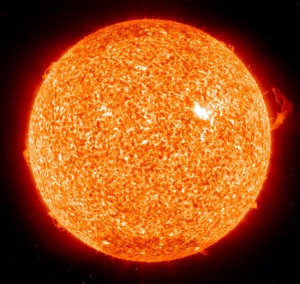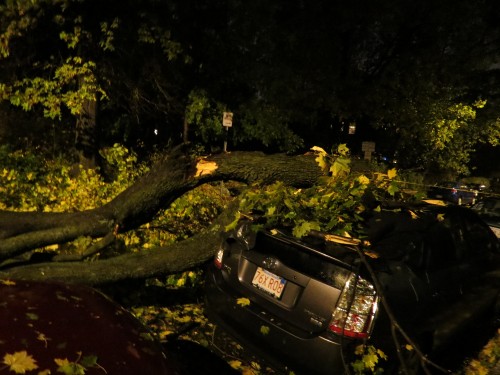Ground-breaking research has emerged this morning, as scientists from the LHC released verified data that proves the existence (and therefore discovery) of the Higgs boson.
 The particle which has been hailed by some as the ‘God particle’ was thought to have been discovered earlier last month, causing euphoria amongst physicists across the globe. This morning CERN have released certified proof of the particles existence.
The particle which has been hailed by some as the ‘God particle’ was thought to have been discovered earlier last month, causing euphoria amongst physicists across the globe. This morning CERN have released certified proof of the particles existence.
Late last night cosmologist Carl Sagan and theoretical physicist Stephen Hawking (among other high profile scientists) descended upon Geneva for what was known up until now as a ‘private consultation’. It is now thought that the scientists were being asked to help verify the findings of the LHC’s latest discovery.
At just gone 12am BST (01:03 local time) a spokesman emerged from the centre in Geneva and announced that CERN had “falsifiable proof of the existence of the Higgs boson“.
Time Travel
In the press conference which was held shortly after the announcement, leading physicist Stephen Hawking commented on how due to the structure of the particle, he felt that in the not so distance future there is a “real possibility that time travel could soon become a reality“.
After Hawkins statement, there was an eruption of excitement among the media present, and no doubt across the globe from all those watching the press conference live.

Nuclear fusion (the reaction which happens within the sun) is a technology which we are yet to crack
Later in the conference, after the euphoria had died down slightly, a CERN scientist mentioned that not only did the Higgs boson seem to hold the key to time travel, but also (like previously thought) the origins of the universe.
Furthermore, nuclear fusion now seems to be a viable possibility as a future power source. Nuclear fusion is the reaction that goes on in the sun, and could enable us to create an almost unlimited supply of energy from a very limited amount of resources. Until recently scientists have been struggling to understand how to ‘crack’ the fusion equation, with the Higgs particle seeming to be a key component.
On the 1st of April 2013 we find out that free unlimited power and time travel are just around the corner. What a discovery!
UPDATE: This was an April Fools’ joke!

